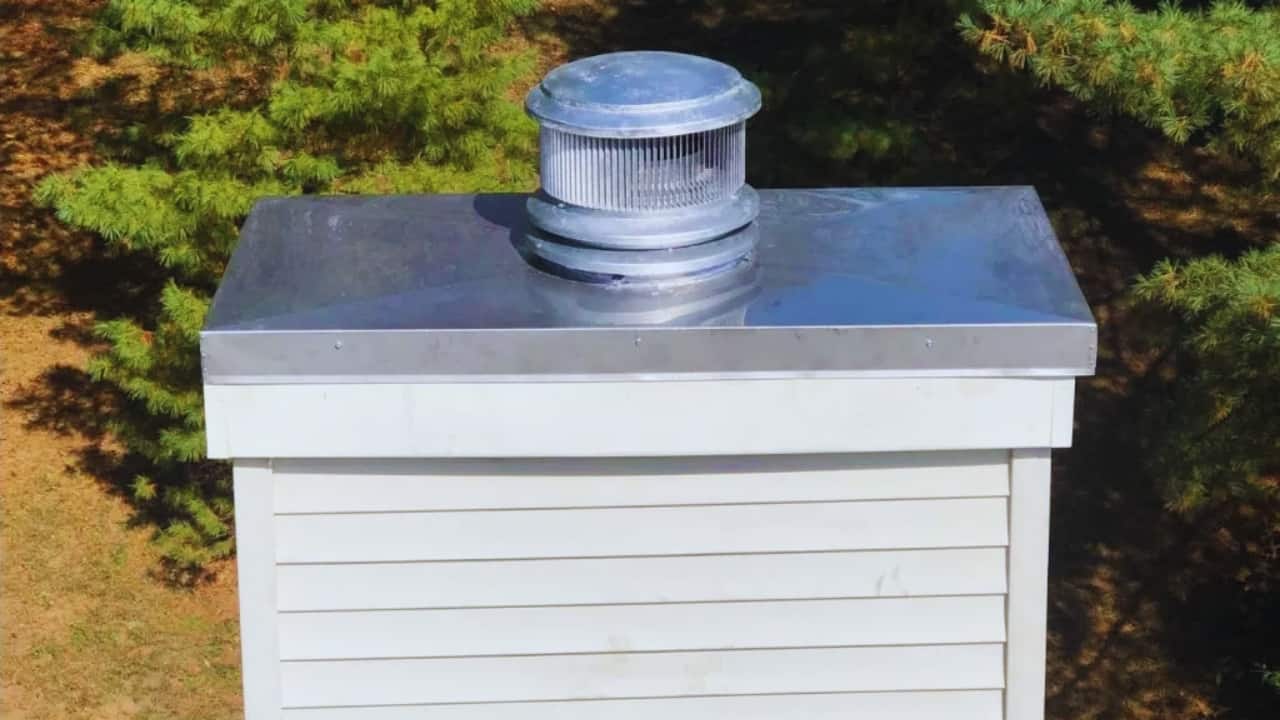

Articles
What Is A Chimney Chase
Modified: May 6, 2024
Learn all about chimney chases in our informative articles. Understand what a chimney chase is and how it is used in building a chimney.
(Many of the links in this article redirect to a specific reviewed product. Your purchase of these products through affiliate links helps to generate commission for Storables.com, at no extra cost. Learn more)
Introduction
When it comes to the functionality and safety of a fireplace, a well-built chimney chase is an essential component. Whether you have a traditional wood-burning fireplace or a modern gas fireplace, understanding what a chimney chase is and how it works is crucial.
A chimney chase is a structure that surrounds and protects the chimney stack. It acts as a barrier between the exterior elements and the interior flue, preventing moisture, debris, and animals from entering the chimney system. The chimney chase is commonly found in prefabricated or factory-built fireplaces and is an integral part of their design.
In this article, we will explore the ins and outs of chimney chases, including their purpose, components, materials used, installation process, common issues, and the importance of regular maintenance.
So, whether you’re a homeowner considering a new fireplace installation or just want to understand more about chimney chases, read on to discover all you need to know!
Key Takeaways:
- Protect your chimney system with a well-built chimney chase, shielding it from weather damage, animal intrusion, and enhancing draft performance while adding a touch of style to your fireplace.
- Regular maintenance of your chimney chase is essential to prevent structural damage, water intrusion, animal intrusion, and ensure optimal airflow, extending the lifespan and safety of your fireplace.
Read more: How To Build A Plywood Chimney Chase
Definition of a Chimney Chase
A chimney chase, also known as a chimney surround or chimney housing, refers to the structure that encapsulates and protects the chimney stack in prefabricated or factory-built fireplaces. It is typically constructed using non-combustible materials and is designed to provide a streamlined appearance while safeguarding the chimney system.
The main purpose of a chimney chase is to shield the chimney from external elements such as rain, snow, wind, and debris. By enclosing the chimney stack within the chase, it prevents moisture from seeping into the flue, which can cause damage over time. Moreover, the chase acts as a barrier against small animals, preventing them from infiltrating the chimney and potentially causing blockages or other hazards.
In addition to its functional attributes, a chimney chase also contributes to the overall aesthetics of a fireplace. It can be customized to complement the architectural style of a home, with options for different designs, finishes, and trim details. This allows homeowners to create a cohesive and visually appealing fireplace that seamlessly integrates with the overall interior or exterior design scheme.
It’s important to note that the chimney chase is specifically designed for use with factory-built fireplaces and should not be confused with a traditional masonry chimney. While masonry chimneys are constructed using bricks or stones, chimney chases are typically made from materials such as metal, concrete, or precast panels, which are more suited for prefabricated fireplace systems.
Overall, a chimney chase plays a vital role in protecting the integrity of a chimney system, ensuring its durability and efficiency while adding a touch of style to your fireplace.
Purpose of a Chimney Chase
The primary purpose of a chimney chase is to provide protection and functionality to the chimney system in a prefabricated or factory-built fireplace. Let’s dive into the key purposes of a chimney chase:
- Weather Protection: One of the main functions of a chimney chase is to shield the chimney stack from external elements. Rain, snow, wind, and debris can all pose a threat to the chimney system. By enclosing the chimney within a chase, it acts as a barrier, preventing water penetration and reducing the risk of chimney leaks or damage.
- Animal Exclusion: Chimney chases are designed to keep small animals, such as birds, squirrels, or raccoons, out of the chimney. These critters can create nests or blockages within the flue, hindering proper airflow and increasing the risk of fire hazards. The chase acts as a protective barrier, deterring animals from entering the chimney system.
- Enhanced Draft: The design of a chimney chase can help improve the draft of the fireplace. Proper airflow is crucial for efficient combustion and the removal of smoke and gases. A well-built chimney chase allows for optimal air circulation, enhancing the draft and promoting better fireplace performance.
- Aesthetics: In addition to its functional benefits, a chimney chase also contributes to the overall aesthetics of the fireplace. It provides a clean, finished look to the chimney stack, creating a seamless integration with the surrounding walls or exterior facade. Homeowners can choose from various materials, finishes, and design details to match their personal style and complement the overall interior or exterior decor.
- Structural Support: The chimney chase not only serves as a protective housing for the chimney but also provides essential structural support. It helps distribute the weight and load of the chimney stack to ensure stability and longevity. A well-constructed chimney chase can withstand the forces of nature and support the entire chimney system.
Overall, the purpose of a chimney chase is to safeguard the chimney system from weather-related damage, exclude animals, improve draft performance, enhance the aesthetics of the fireplace, and provide structural support. It is an integral component of a factory-built fireplace, contributing to both the functionality and visual appeal of the overall system.
Components of a Chimney Chase
A chimney chase consists of various components that work together to provide protection and support to the chimney system. Understanding the different parts of a chimney chase can help homeowners assess their functionality and address any maintenance or repair needs. Let’s explore the key components of a chimney chase:
- Chase Cover: The chase cover is a vital component that sits on top of the chimney chase, covering the chimney opening. It is typically made from metal, such as stainless steel or galvanized steel, and serves as a barrier against rain, snow, and debris. The chase cover also incorporates a chimney cap, which helps prevent animals from entering the chimney system.
- Chase Flashing: Chase flashing is installed at the base of the chimney chase. It acts as a waterproofing material, ensuring a watertight seal between the chase and the roof. Chase flashing is often made from metal, such as aluminum or copper, and is carefully installed to prevent water leaks and protect the underlying roof structure.
- Chase Side Walls: The chase side walls are vertical components that enclose the sides of the chimney stack within the chase structure. They are typically made from non-combustible materials, such as metal, concrete, or precast panels, and provide structural support and protection to the chimney system.
- Chase Crown: The chase crown is the top surface of the chimney chase. It acts as a protective layer, preventing water from seeping into the chase and causing damage. The chase crown is often constructed using a concrete mix and should be sloped away from the chimney stack to ensure proper water runoff.
- Chase Insulation: In some cases, chimney chases may incorporate insulation within the structure. Insulation helps prevent condensation and keeps the flue gases at the optimal temperature. This is particularly important for high-efficiency fireplaces or when the chase is located in cold climates.
- Chase Trim: Chase trim refers to the decorative finishing details that are added to the exterior of the chimney chase. It provides a polished and aesthetically pleasing appearance and can be customized to match the architectural style of the home. Chase trim options include various materials, such as stone veneer, brick, or metal cladding.
These components work together to ensure the functionality, protection, and visual appeal of the chimney chase. It is important to regularly inspect and maintain each component to ensure the integrity and performance of the chimney system.
Materials Used in Chimney Chase Construction
Chimney chases are constructed using a variety of non-combustible materials that are designed to withstand the elements while providing structural support and protection to the chimney system. The choice of materials depends on factors such as the intended aesthetic, climate conditions, and the specific requirements of the fireplace manufacturer. Let’s explore some of the common materials used in chimney chase construction:
- Metal: Metal, such as galvanized steel or stainless steel, is a popular choice for chimney chase construction. It offers durability, resistance to corrosion, and ease of installation. Metal chimney chases can be customized with various finishes, such as powder coating or paint, to match the desired aesthetic.
- Concrete Blocks: Concrete blocks are often used to construct chimney chases. They provide excellent structural support and protection. Concrete blocks can be stacked, mortared, and reinforced to create a solid and stable chase structure. They can also be finished with stucco or other exterior coatings for a visually appealing look.
- Precast Panels: Precast panels are premanufactured panels made of concrete or another non-combustible material. They are designed to fit together to create the chimney chase structure quickly. Precast panels offer a convenient and efficient way to construct a chimney chase, ensuring a uniform and sturdy enclosure.
- Stone Veneer: Stone veneer is a popular choice for adding a visually appealing and luxurious look to chimney chases. It is made from thin slices of natural stone or manufactured stone and is applied to the exterior surface of the chase. Stone veneer provides a stunning aesthetic while offering durability and protection to the chase structure.
- Brick: Brick is another classic option for chimney chase construction. It provides a timeless and traditional appearance and can be laid in various patterns and designs. Brick chimneys can be constructed using individual bricks and mortar for a solid and robust structure.
- Fiber Cement Boards: Fiber cement boards are a lightweight and durable material used in chimney chase construction. They are made from a mixture of cement, sand, and cellulose fibers, offering resistance to fire, moisture, and insects. Fiber cement boards can be painted or finished to achieve the desired look.
These materials offer a range of options for chimney chase construction, allowing homeowners to choose the most suitable material based on their preferences, budget, and local building codes. It is important to consult with professionals or adhere to the guidelines provided by the fireplace manufacturer to ensure the proper selection and installation of materials for chimney chase construction.
A chimney chase is a decorative covering for a chimney, typically made of wood, metal, or vinyl. It is important to regularly inspect and maintain the chimney chase to ensure it is in good condition and functioning properly.
Read more: What Is Chimney Soot
Installation Process of a Chimney Chase
Installing a chimney chase requires careful planning and precise execution to ensure a proper fit, functionality, and longevity of the chimney system. Although the specific installation process may vary depending on the fireplace manufacturer and the chosen materials, here is a general overview of the typical steps involved:
- Design and Measurement: The installation process begins with designing the chimney chase and taking accurate measurements. Factors such as the size and shape of the fireplace, the desired chase design, and the local building codes are considered. These measurements will determine the dimensions of the various chase components.
- Construction of the Chase Structure: Once the design and measurements are finalized, the construction of the chimney chase begins. This involves assembling the chase walls using the chosen non-combustible materials, such as metal, concrete blocks, or precast panels. The chase walls are secured together using appropriate brackets, screws, or mortar.
- Installation of Chase Cover and Flashing: After constructing the chase structure, the chase cover is installed on top. The chase cover, usually made of metal, is carefully positioned to cover the chimney opening. It is securely fastened to ensure a weather-tight seal. Chase flashing is then installed at the base of the chase to provide a watertight connection between the chase and the roof.
- Application of Chase Crown: The chase crown, which is the top surface of the chimney chase, is applied next. It is typically made of a concrete mix and should be sloped away from the chimney stack to promote proper water runoff. The chase crown is applied using appropriate tools and techniques, ensuring a smooth and durable surface.
- Finishing Touches: Once the major components of the chimney chase are in place, any necessary finishing touches can be added. This may include adding insulation within the chase structure, applying a decorative trim or facade, or incorporating any additional design elements to enhance the visual appeal of the chimney chase.
- Connection to the Fireplace: Finally, the completed chimney chase is connected to the fireplace. This involves attaching the chimney flue to the fireplace’s exhaust opening and ensuring a secure and proper connection. It is essential to follow the specific instructions provided by the fireplace manufacturer to ensure a correct installation.
It is important to note that chimney chase installation should be carried out by experienced professionals or certified chimney technicians who are familiar with the specific requirements and guidelines of the fireplace manufacturer. Following proper installation practices and adhering to local building codes will help ensure a safe, functional, and long-lasting chimney chase.
Common Issues with Chimney Chases
While chimney chases are designed to provide protection and support to the chimney system, they can encounter certain issues over time. Identifying and addressing these common issues with chimney chases is essential to maintain the functionality and safety of the fireplace. Here are some of the most frequently encountered problems:
- Leaking Chase Cover: One of the primary issues with chimney chases is a leaking chase cover. Over time, the chase cover can develop cracks, rust, or corrosion, allowing water to penetrate the chase and potentially cause damage to the chimney system. Regular inspection and maintenance of the chase cover are crucial to identify any signs of leakage and address them promptly to prevent further damage.
- Animal Intrusion: Chimney chases can become a target for animals seeking shelter, nesting opportunities, or food sources. Birds, squirrels, raccoons, or other critters can enter the chase through gaps, damaged areas, or uncapped chimneys. This can lead to blockages, debris buildup, and potential damage to the chimney flue. Installing a properly fitted chase cover or chimney cap can help prevent animal intrusion.
- Water Damage: Water intrusion is a common issue with chimney chases, especially if the chase flashing is not installed correctly or becomes damaged over time. Water infiltration can lead to various problems, including mold growth, chimney leaks, deterioration of the chase structure, and even damage to the surrounding walls or roof. Regular inspection, repair, and maintenance of the chase flashing are vital to prevent water damage.
- Chase Crown Issues: The chase crown, which is the top surface of the chimney chase, can develop cracks, deterioration, or improper slope. A damaged or poorly constructed chase crown can allow water to pool, leading to water penetration into the chase and potentially causing damage to the chimney system. Repairing or replacing the chase crown can address these issues and prevent further damage.
- Insulation Problems: If the chimney chase incorporates insulation, issues such as moisture accumulation, damaged insulation, or inadequate insulation can arise. Improperly installed or damaged insulation can lead to condensation, which can affect the efficiency of the fireplace and potentially cause structural problems within the chase. Regular inspection and maintenance of the chase insulation are important to ensure its effectiveness.
- Poorly Constructed Chase: In some cases, chimney chases may be poorly constructed or not built to code. This can lead to stability issues, structural damage, or improper airflow within the chase. It is important to have a professional chimney technician or builder assess the construction of the chase to ensure it is sound and meets all safety and structural requirements.
Regular inspection, maintenance, and prompt repair of these common issues are vital to maintaining the integrity and functionality of the chimney chase. Consulting with professionals or certified chimney technicians is recommended to address any chimney chase concerns effectively and ensure the long-term performance of the fireplace.
Importance of Regular Chimney Chase Maintenance
Regular maintenance of a chimney chase is of utmost importance to ensure its functionality, longevity, and safety. By implementing routine maintenance practices, homeowners can catch and address any potential issues before they escalate into more significant and costly problems. Here are a few reasons why regular chimney chase maintenance is essential:
- Prevent Structural Damage: By regularly inspecting and maintaining the chimney chase, homeowners can identify and address any structural issues promptly. Cracks, deterioration, or shifting in the chase can lead to stability problems, compromising the integrity of the chimney system. Regular maintenance can help prevent further damage and ensure the chase remains structurally sound.
- Avoid Water Damage: Water penetration is one of the most common problems with chimney chases. Leaking chase covers, damaged flashing, or deteriorated chase crowns can allow water to enter the chase and damage the chimney system. Regular maintenance, including inspection, repair, and replacement of these components, ensures proper water protection and helps prevent costly water damage to the chimney and surrounding areas.
- Prevent Animal Intrusion: Chimney chases can become a welcoming space for animals looking for shelter or nesting opportunities. Birds, squirrels, raccoons, and other critters can enter the chase through gaps, damaged areas, or uncapped chimneys, causing blockages, debris buildup, and even potential damage to the chimney flue. Regular maintenance and the installation of appropriate chase covers or chimney caps can prevent animal intrusion.
- Maintain Optimal Airflow: Proper airflow is crucial for the efficient operation of the fireplace. A well-maintained chimney chase ensures that there are no obstructions or blockages that can hinder the flow of combustion gases and smoke. Regular maintenance, including cleaning the chimney flue and checking for any debris or buildup in the chase, helps maintain optimal airflow and promotes better fireplace performance.
- Extend Lifespan of the Chimney System: A well-maintained chimney chase can significantly contribute to the overall lifespan of the chimney system. Regular inspections and maintenance help identify and address issues early on, preventing them from escalating into more severe problems that may require extensive repairs or even replacement of the entire chimney chase. Maintaining the chase prolongs the lifespan of the chimney system and reduces the risk of costly repairs down the line.
- Ensure Safety: Regular chimney chase maintenance is crucial for ensuring the safety of the fireplace and home occupants. By addressing potential issues such as water damage, structural damage, or animal intrusion, homeowners reduce the risk of chimney fires, carbon monoxide leaks, or other hazardous situations that may arise from a compromised chimney system.
Overall, regular chimney chase maintenance is a prudent investment that helps preserve the functionality, longevity, and safety of the chimney system. It is recommended to consult with professionals or certified chimney technicians who can provide expert guidance and perform thorough inspections and maintenance to ensure that the chimney chase remains in optimal condition for years to come.
Conclusion
A chimney chase serves as a vital component of a prefabricated or factory-built fireplace, providing protection, functionality, and aesthetic appeal. Understanding the definition, purpose, components, materials, installation process, common issues, and importance of regular maintenance associated with chimney chases is crucial for homeowners.
Chimney chases play a significant role in shielding the chimney stack from external elements, preventing water damage, excluding animals, improving draft performance, and enhancing the overall aesthetics of the fireplace. By enclosing the chimney stack within a chase, homeowners can ensure the durability, efficiency, and safety of their fireplace system.
The components of a chimney chase, including the chase cover, chase flashing, chase side walls, chase crown, insulation, and trim, work together to provide structural support, weather protection, and visual appeal. Choosing suitable materials such as metal, concrete blocks, precast panels, stone veneer, brick, or fiber cement boards ensures the proper construction and long-term functionality of the chimney chase.
The installation process of a chimney chase involves careful planning, precise measurements, construction of the chase structure, installation of the chase cover and flashing, application of the chase crown, and finishing touches. Following proper installation practices and consulting with professionals ensures a well-built chimney chase that integrates seamlessly with the fireplace system.
Regular maintenance of a chimney chase is essential to prevent common issues such as leaking chase covers, animal intrusion, water damage, chase crown problems, insulation issues, or poorly constructed chases. Through routine inspections, repairs, and addressing potential problems, homeowners can maintain the integrity, performance, and safety of the chimney chase and the overall chimney system.
In conclusion, understanding and properly maintaining the chimney chase is crucial for ensuring the longevity, efficiency, and safety of the fireplace. By giving attention to the design, construction, materials, installation, and maintenance of the chimney chase, homeowners can enjoy a well-functioning and visually appealing fireplace system for years to come.
After mastering the essentials of chimney chases, why not ensure your fireplace is just as well-maintained? Our next guide offers vital tips for keeping your gas fireplace in top shape. Regular upkeep not only prolongs the life of your fireplace but also safeguards your home from potential hazards. Dive into our next read to catch on all you need to know about effective fireplace care.
Frequently Asked Questions about What Is A Chimney Chase
Was this page helpful?
At Storables.com, we guarantee accurate and reliable information. Our content, validated by Expert Board Contributors, is crafted following stringent Editorial Policies. We're committed to providing you with well-researched, expert-backed insights for all your informational needs.
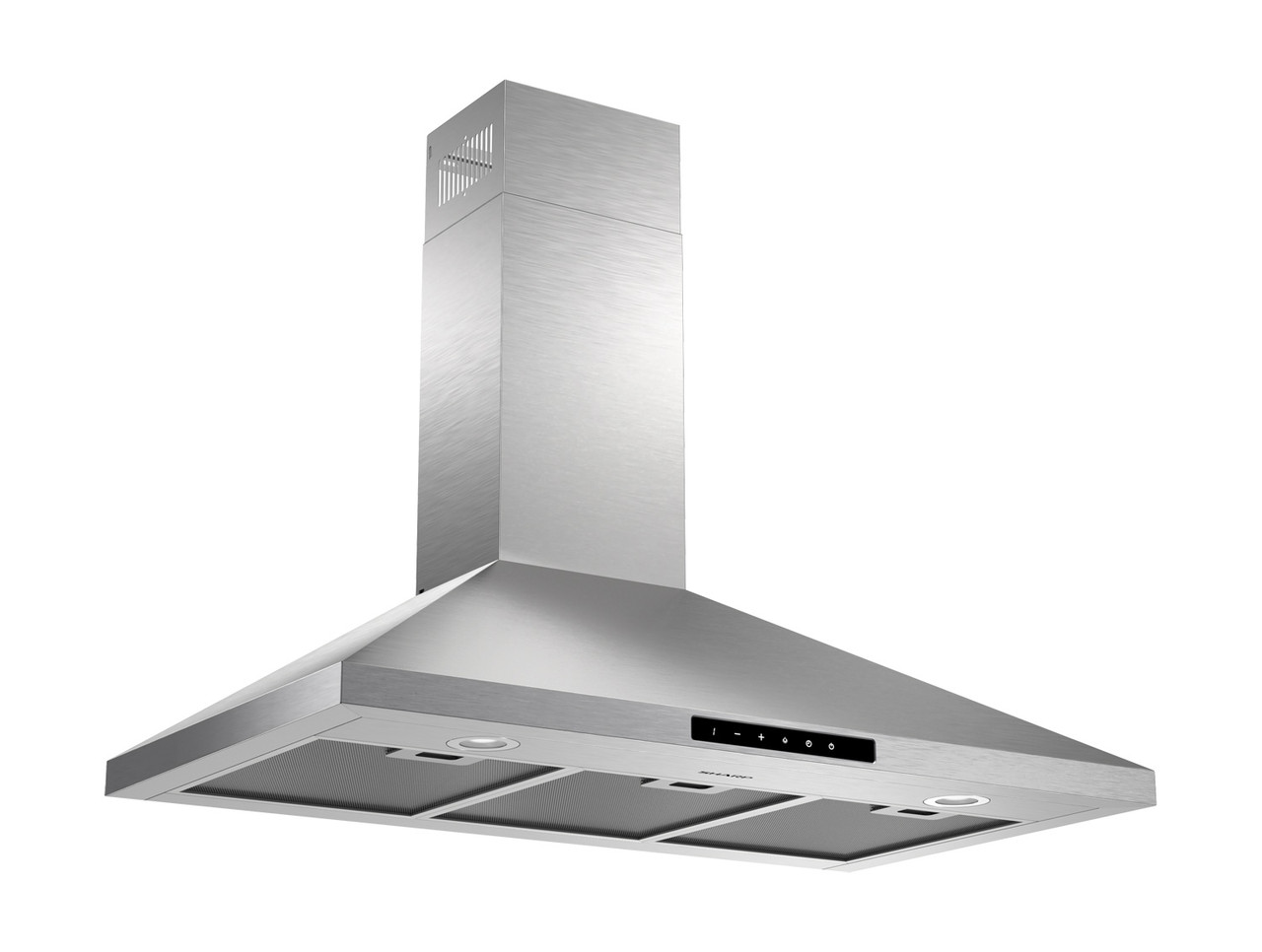
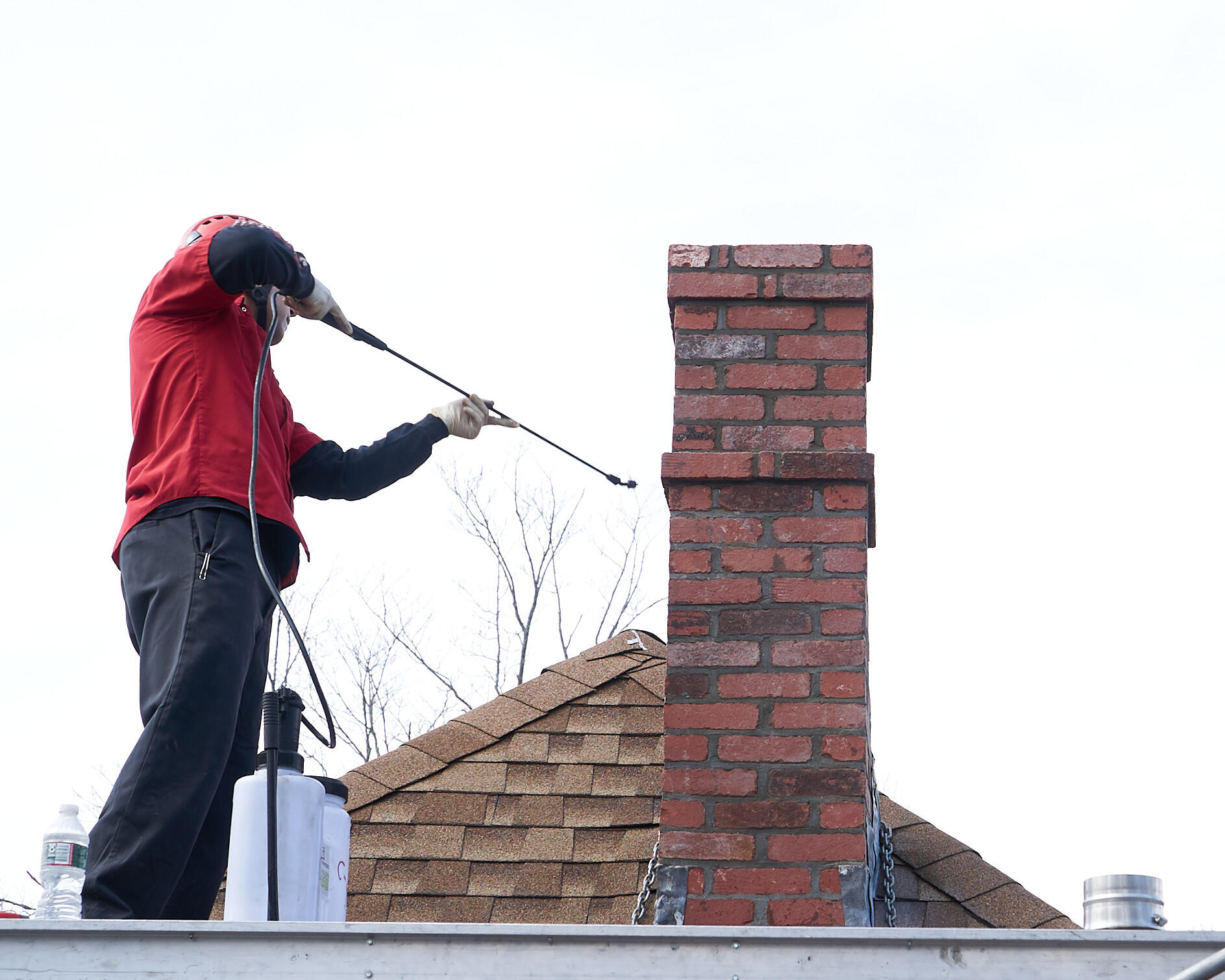
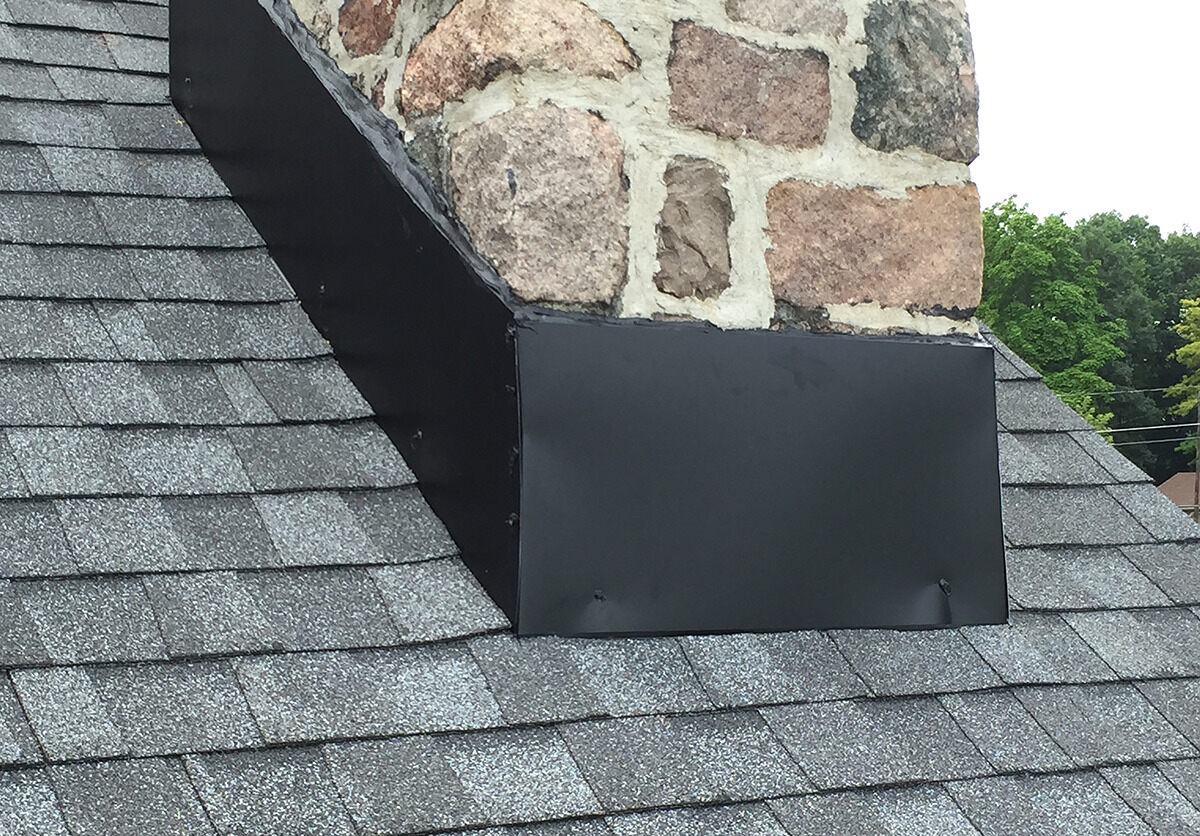
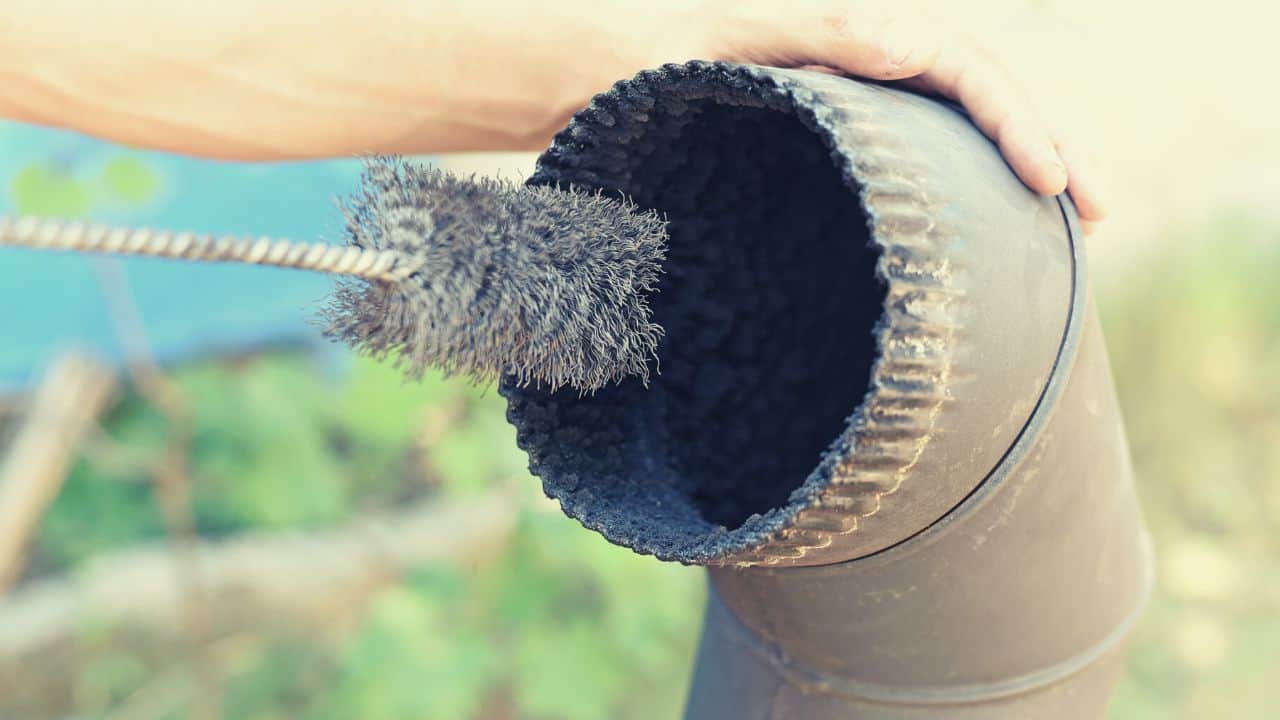
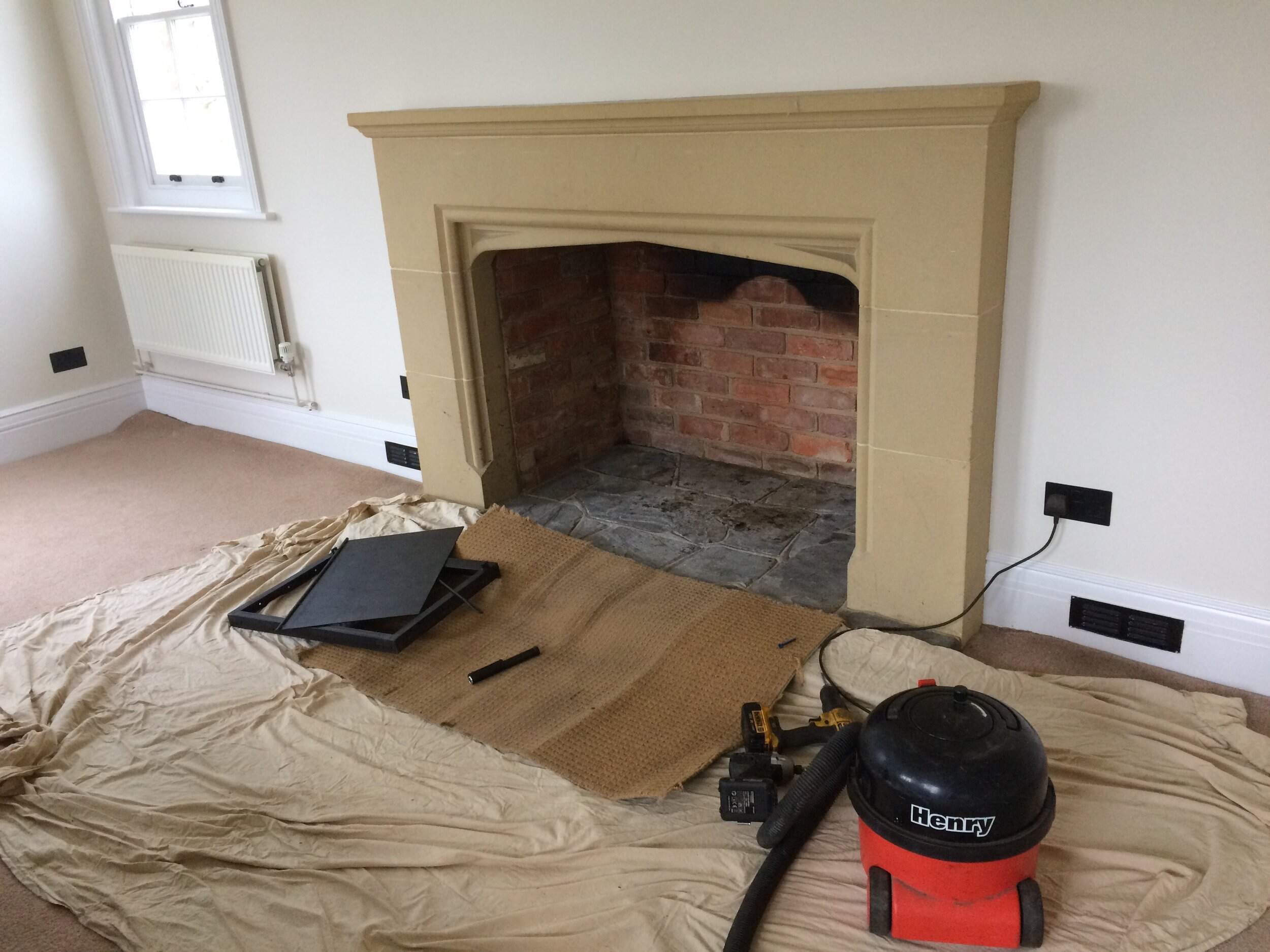
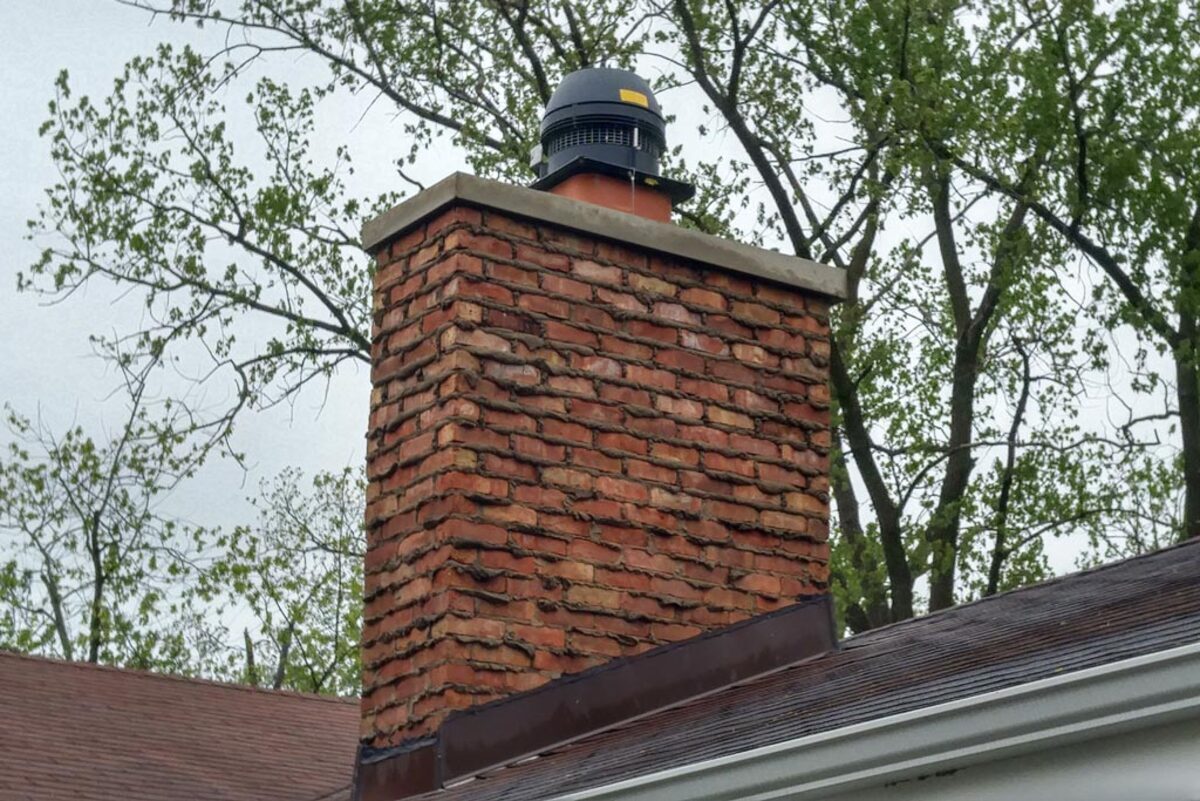
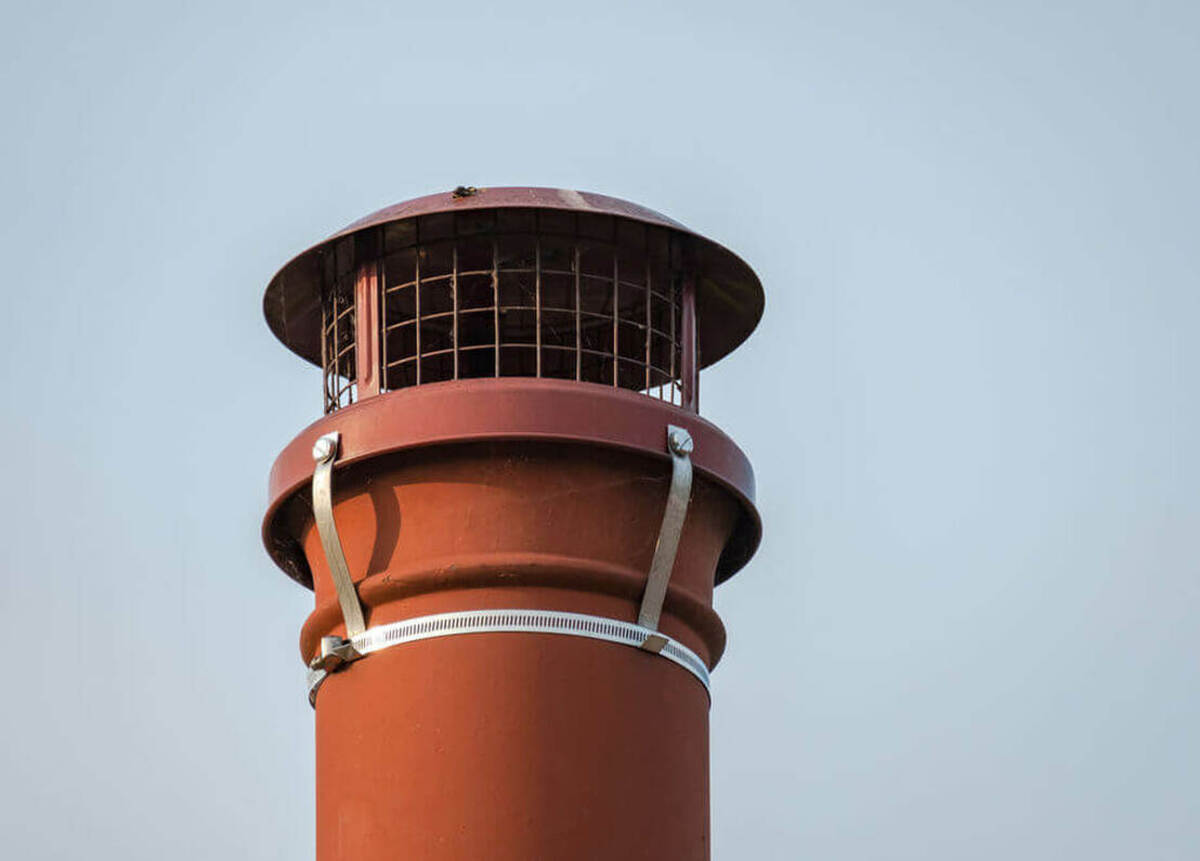
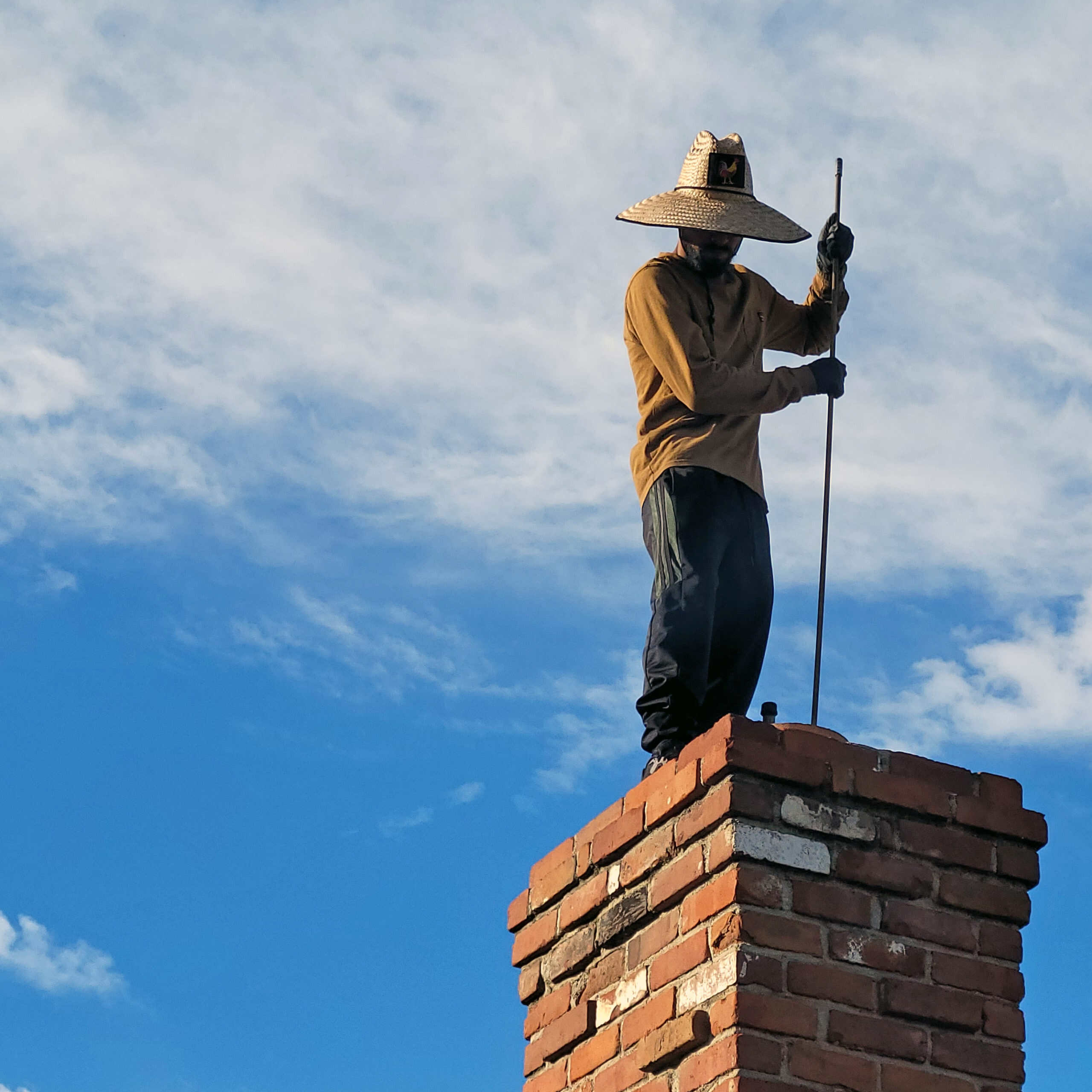
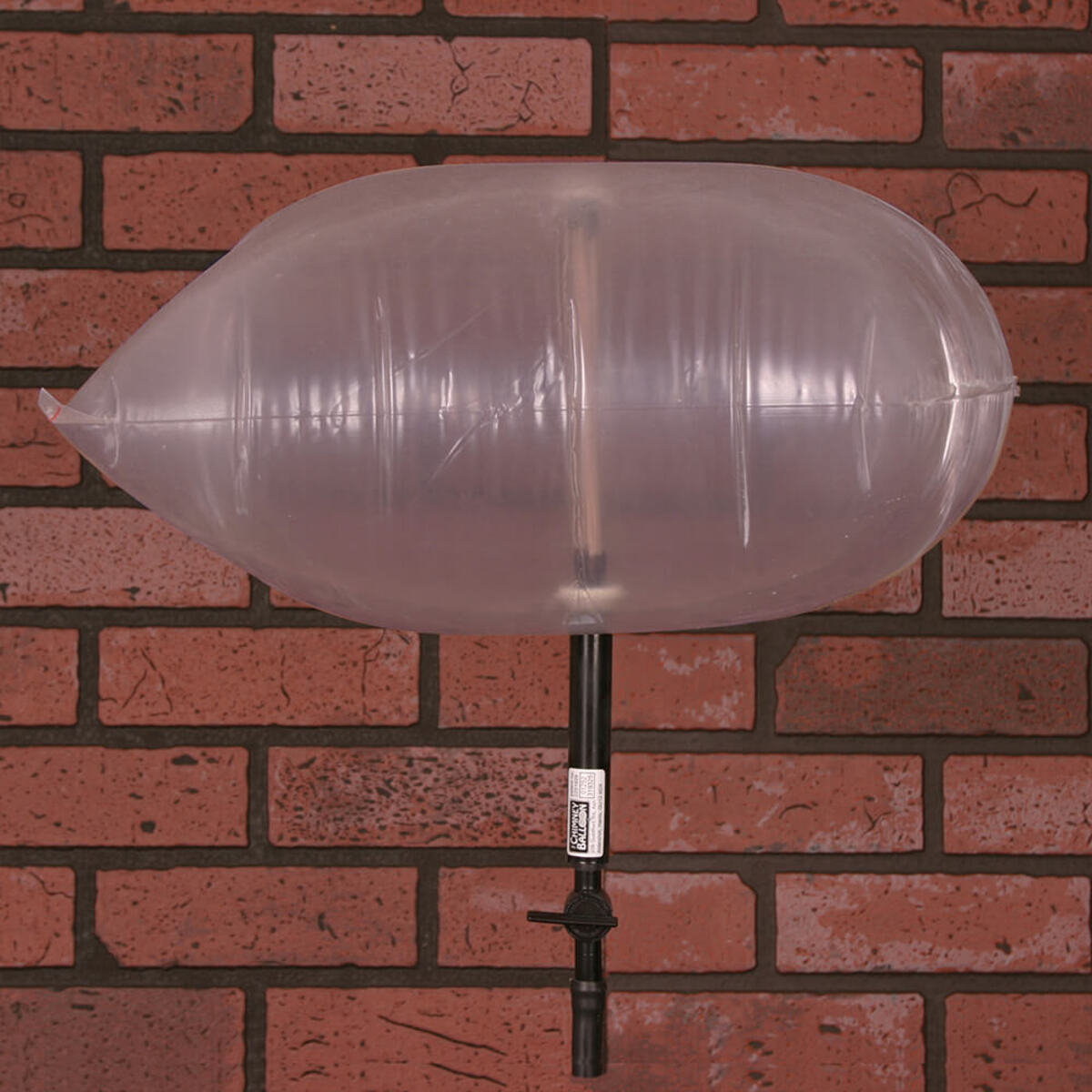
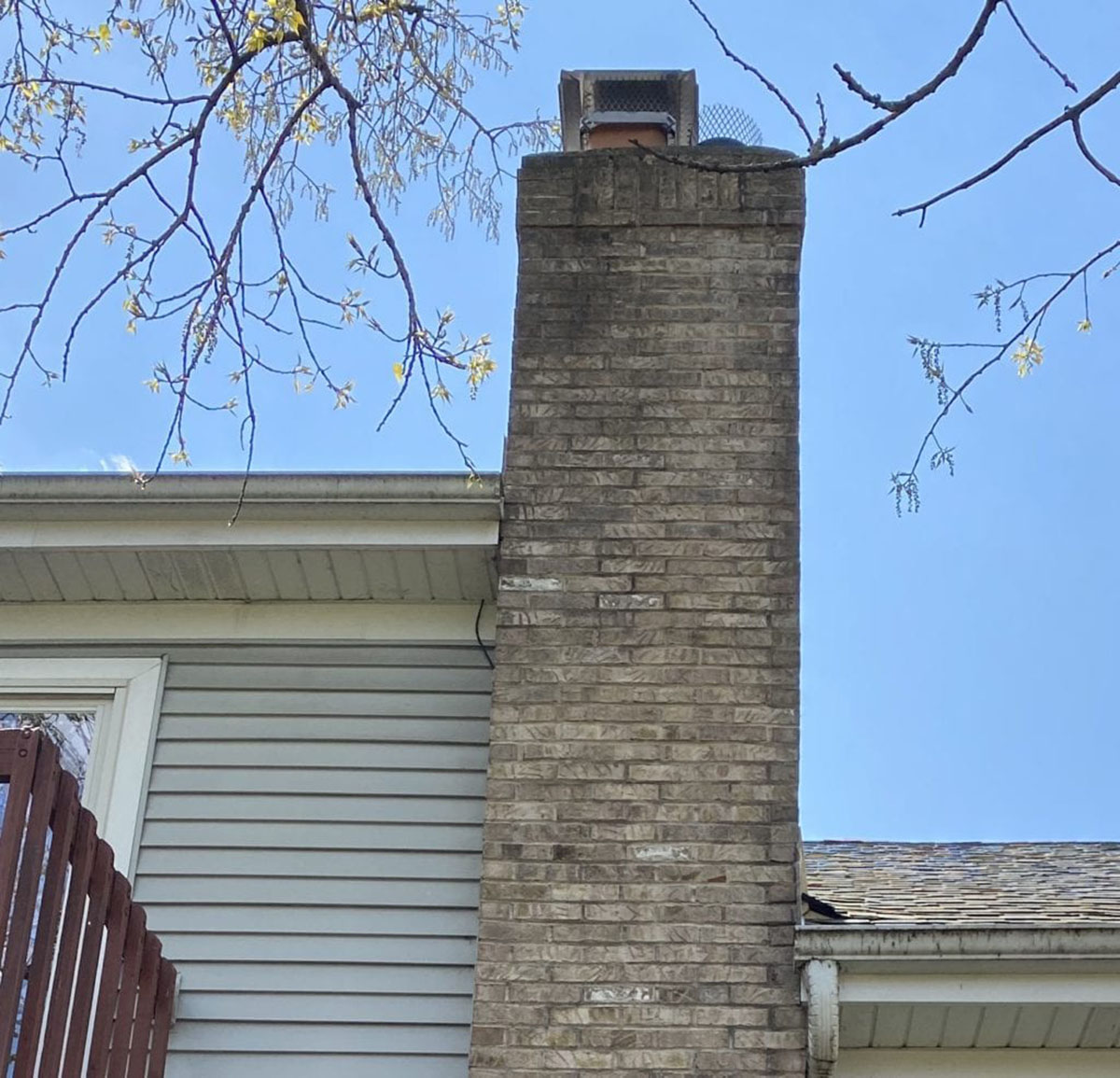
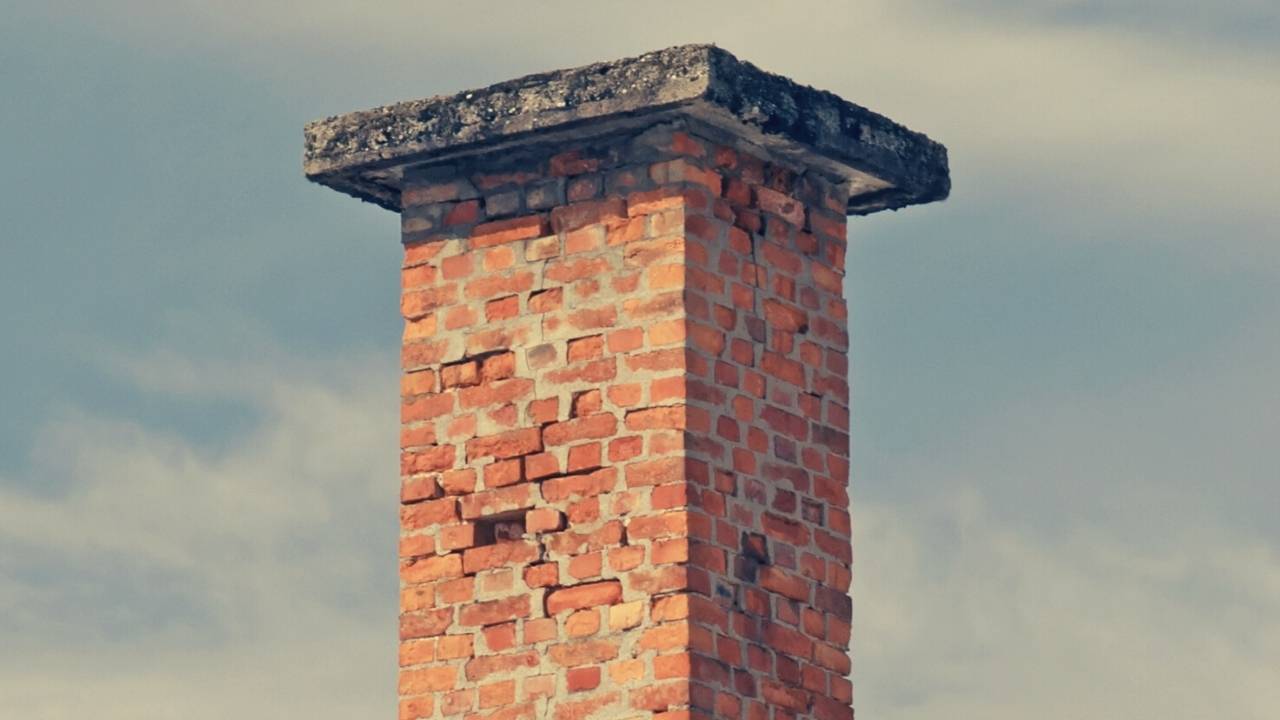
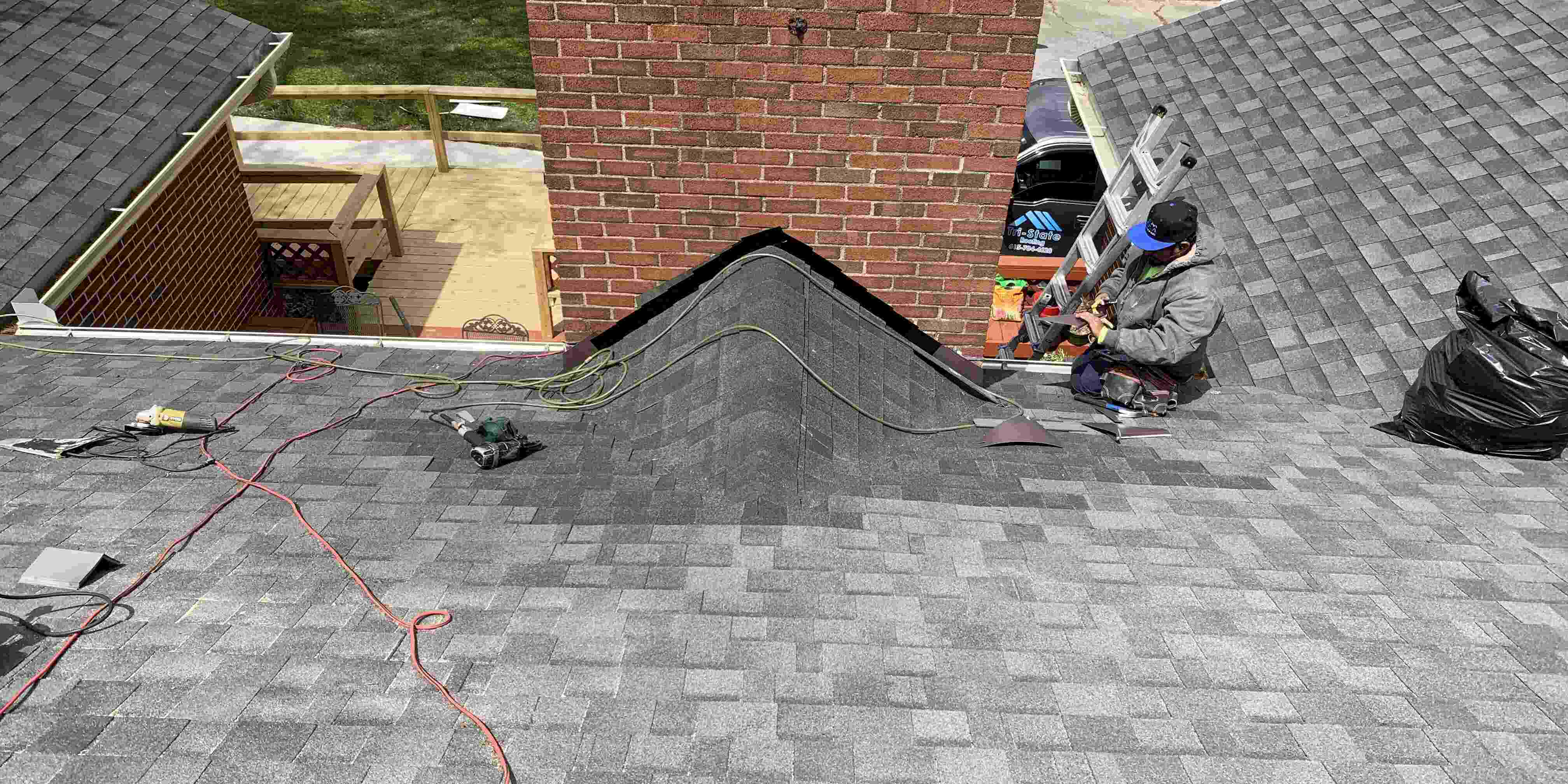
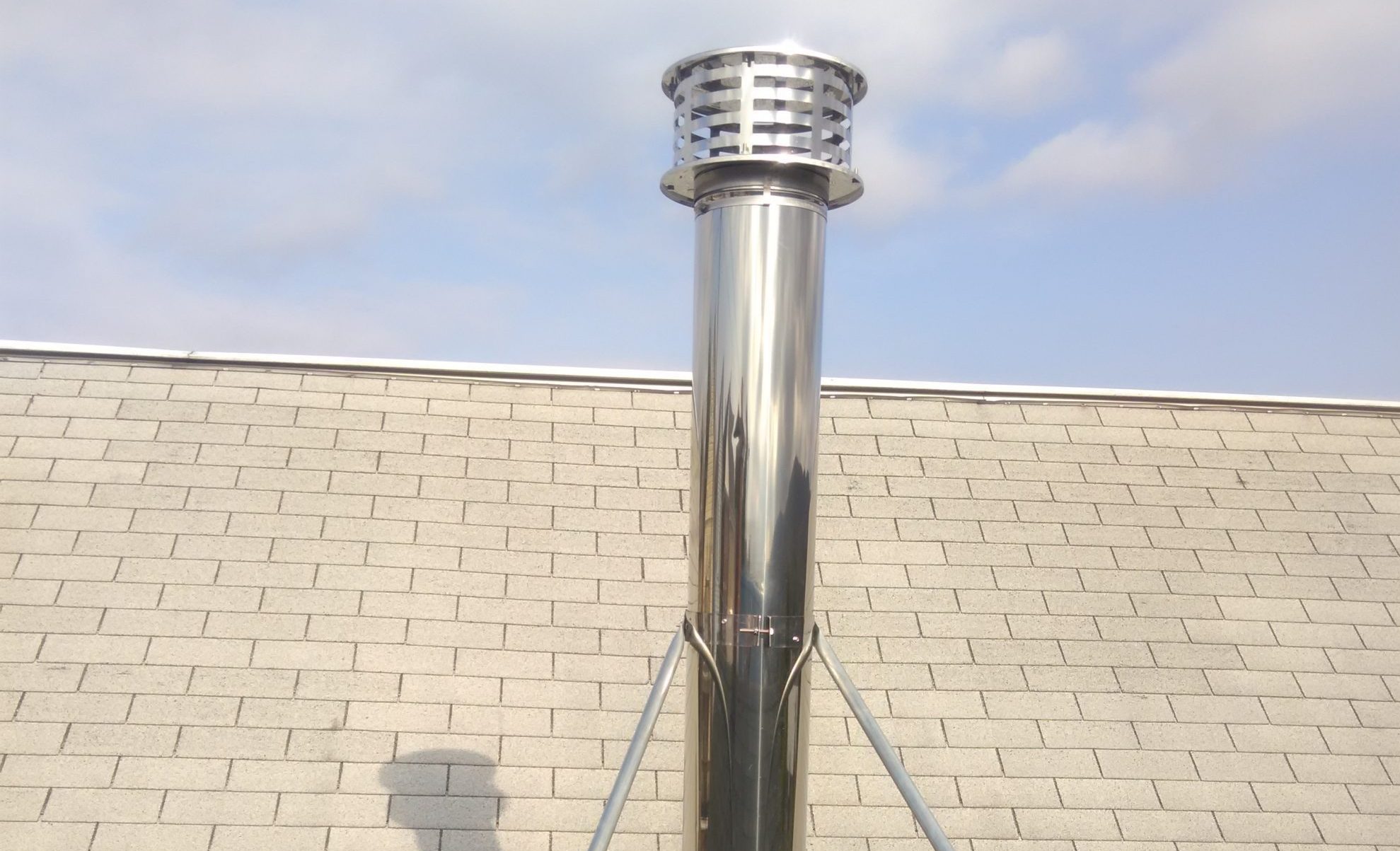
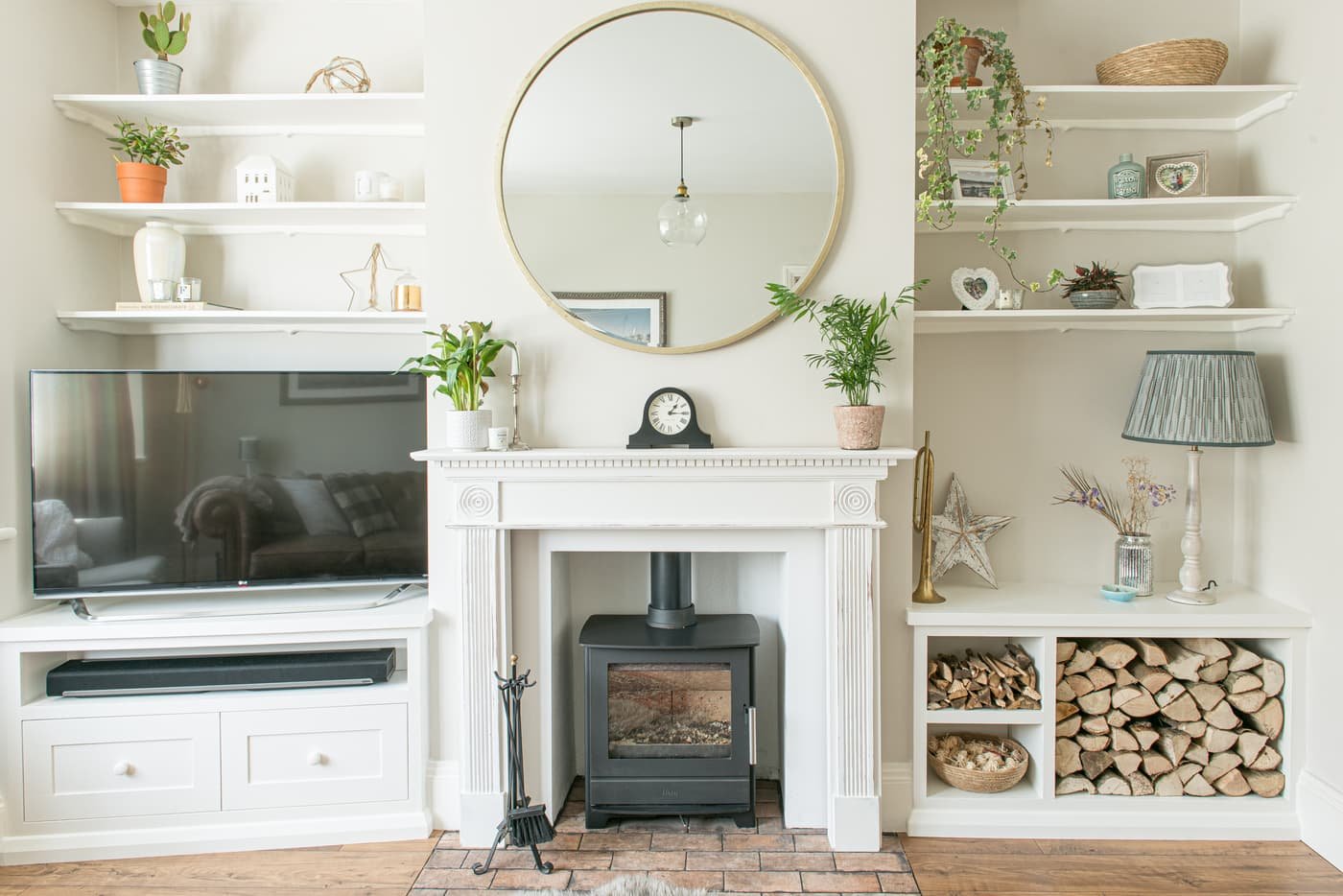

0 thoughts on “What Is A Chimney Chase”